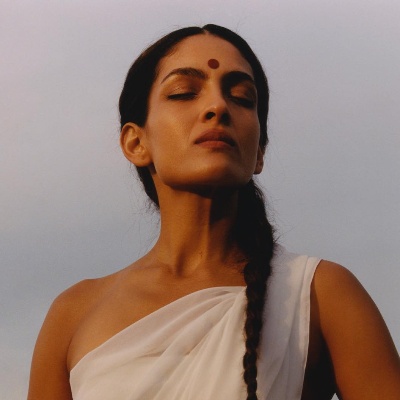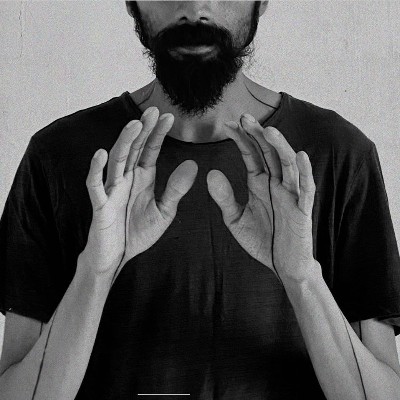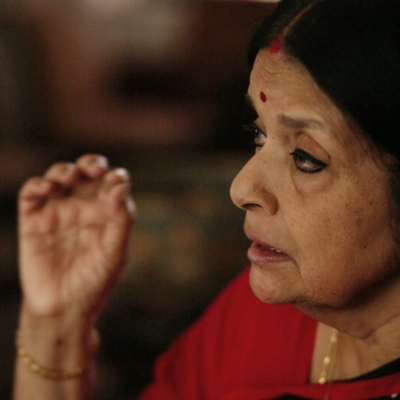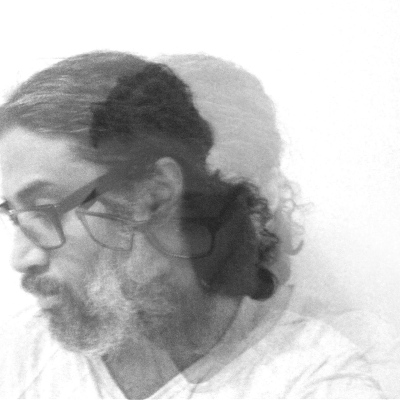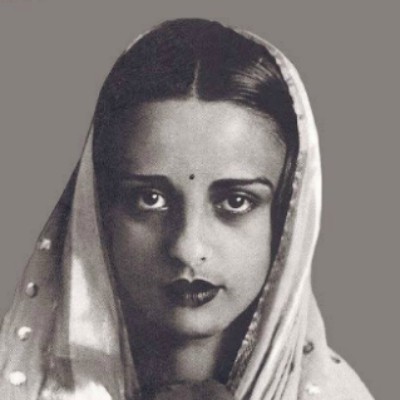Several years ago at one of my lectures at the University in Tripunitra I was asked by students of Ayurveda, what will the medicine of the future look like. They wanted to know the perspective from an international point of view.
Ayurveda stepped onto the horizon of Western public attention at the beginning of the 19th century. It was the avantgarde Californians that had the main role in the spread of Ayurveda, as they had in other traditional forms of wisdom coming from the east.
The first signs of Ayurvedic renaissance began to emerge in the 20th century. There were only isolated experiments of enlightened individuals who felt a desperate need to save what was left of Ayurveda after the dark ages of India’s history.
story
| HORTUS MALABARICUS TRAILS

Hortus Malabaricus (Garden of Malabar), is the oldest printed book on Indian medicinal plants. Written by Dutch Governor H.A. Van Rheede, it was compiled over a period of nearly 30 years and published in Amsterdam during 1678–1693.
Ayurveda is like an ancient tree growing from a deep spiritual base, branching into a rich and compact philosophical system. Medicine is only one aspect. The word ayus meaning life and veda meaning knowledge. Ayurveda is the art of living.




